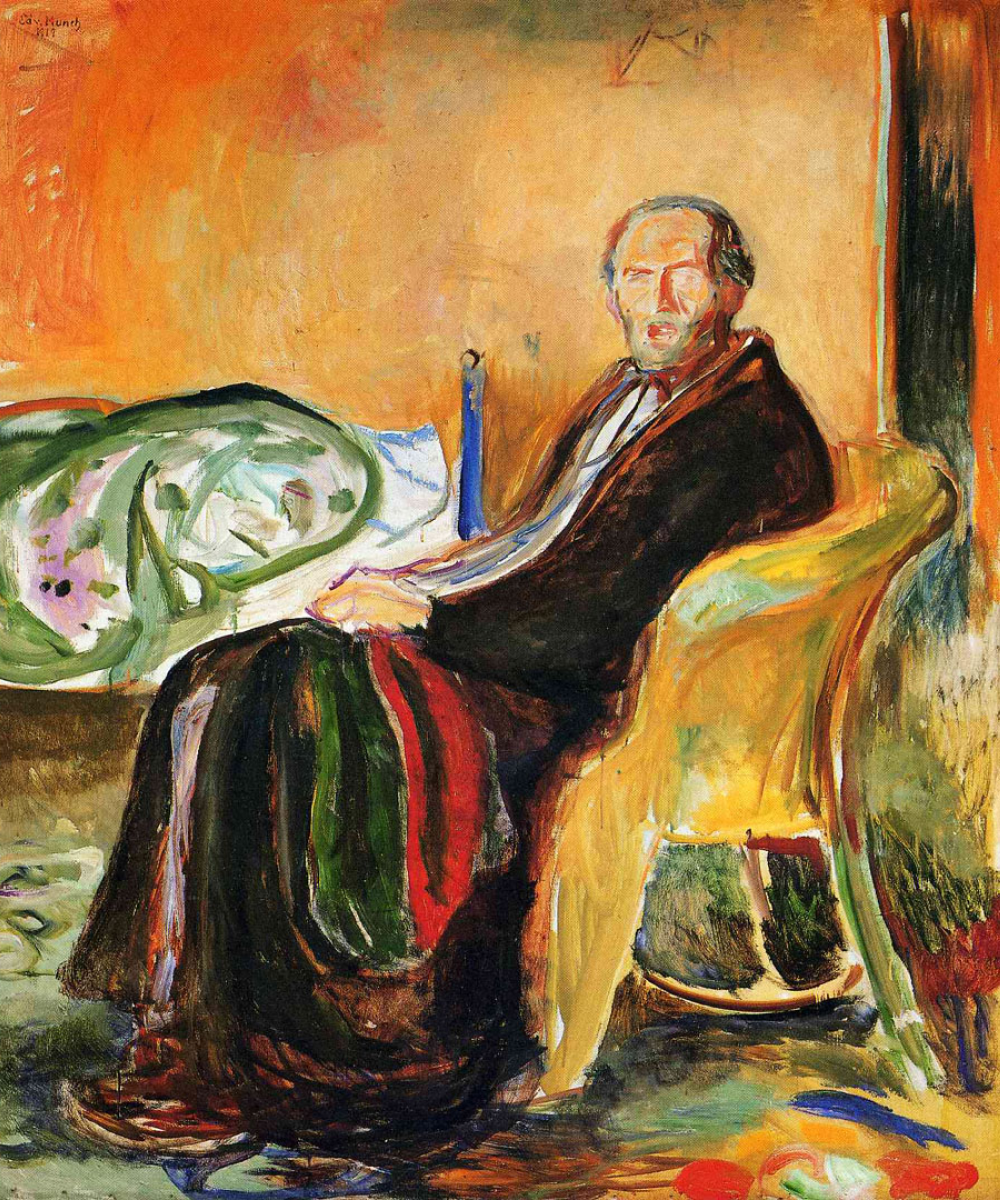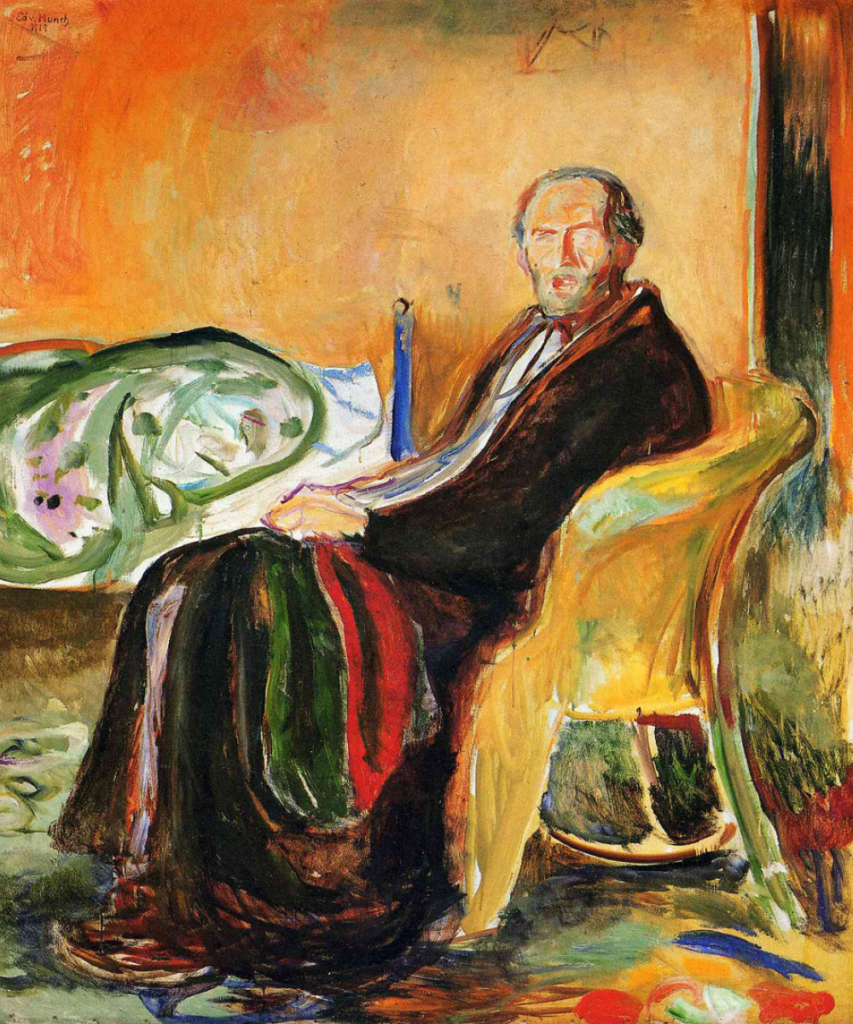
As a result of COVID-19, a majority of the population has been ordered to shelter in place to combat the extensive spread of the disease. And while this has forced students and employees to quickly adapt to operating remotely, it has also left most people with an abundance of time to spend in the comfort of their homes. Whether you are completing work on the company clock, or trying to find a way to spend the free time you have indoors, you might consider taking a page from history.
Here are 5 famous figures who managed to write history while in social isolation:
Isaac Newton
If you are a student who was sent home from college and are unsure of how to spend your time, consider this: Isaac Newton was one of many undergraduate scholars at Cambridge University sent home during the Great Plague of 1665. He was not an especially distinguished student while at Cambridge, but managed to spend his time in quarantine wisely. In the two years he was in isolation at his parent’s manor, he developed theories that led to the development of calculus, optics, and the law of gravity.
With the lack of online schooling during that time, Newton spent most of his days in isolation reading and studying in his backyard. Newton’s apple, famously known for falling on his head and prompting him to ponder why things fall, came from a tree in his childhood backyard. An entire year in isolation led Newton to experience what he calls the most productive period of his life, eventually planting him as one of the most influential scientists today.
William Shakespeare
Before the 20th century and the development of antibiotics, a new plague hit Europe once every 5 years or so. A particularly serious strain hit England in 1606, causing theaters and plays to shut down for over a year. Though some writers may have taken the time off, Shakespeare saw the quarantine as an opportunity to refocus and create new plays for the holiday court season. During this time in isolation, Shakespeare channeled his creative mind to write some of his best works including King Lear, Macbeth, and Antony and Cleopatra.
This was not the first time Shakespeare managed to find a silver lining during a time of life-threatening illness. He also wrote poetry 13 years earlier during the plague of 1593. Quarantines were also incorporated into his later works. For example, remember the friar who was supposed to tell Romeo that Juliet wasn’t actually dead? Well, the reason he didn’t reach Romeo was because he too was in forced quarantine.
The friar says: “The searchers of the town…suspecting that we both were in a house..where the infectious pestilence did reign…sealed up the doors and would not let us forth.”
Giovanni Boccaccio
Giovanni Boccaccio was an Italian writer whose book, “The Decameron,” is still referenced today. Strangely enough, the story takes place during a pandemic known as, “The Bubonic Plague.” As you might imagine, the event inspired quite a few quarantines. “The Decameron” is a collection of fictional short stories that are told by 10 friends who escaped to a villa in the Italian countryside with the goal of avoiding the Black Death.
Boccaccio was likely inspired to write this collection by his experiences in his own life: he also fled Florence to avoid the Bubonic Plague, a good idea as it eventually took the lives of three fourths of the city’s population.
Jack Ma
Jack Ma is the Chinese billionaire behind the wholesale website Alibaba. He founded the site in 1999, and his business began to thrive until he faced a pandemic in 2004 known as “SARS”. The illness drastically hit China, and when one of Alibaba’s staff tested positive for the disease, Ma and 500 workers were forced into quarantine. Many commentators predicted that the virus would be the end of Alibaba, but Ma believed otherwise.
Alibaba employees managed to set up a system that allowed them to work from home within 2 days. Not only did they prevent a complete shutdown during the virus, but they also added 4,000 new members and 9,000 listings to their website per day, a 3-5x increase compared to their business before the SARS epidemic. The company also used the quarantine to launch another website called “Taobao.” The new site managed to unseat eBay in China, and is currently listed as the 8th most visited website in the world.
Edvard Munch
Norwegian painter, Edvard Munch is best known for his work, “The Scream,” which effectively captured feelings of horror and human suffering. Therefore, it should come as no surprise that he found an outlet for his talents during the infamous Spanish Flu of 1918. Unlike others from this list, Munch actually contracted the virus he was trying so desperately to avoid. He dedicated his time between 1918 and 1919 to sketching portraits and paintings of his experience with the illness.
Munch’s history of childhood illness and his advanced age may have made him more susceptible to getting sick. Eventually, Munch recovered and painted an “after” version titled “Self-Portrait After the Spanish Flu”.
